Loper Bright, A Court Ruling That Changes How D.C. Operates
Loper Bright sets the stage for a Republican-led overhaul of broadband and telecom policy in 2025.
Jericho Casper
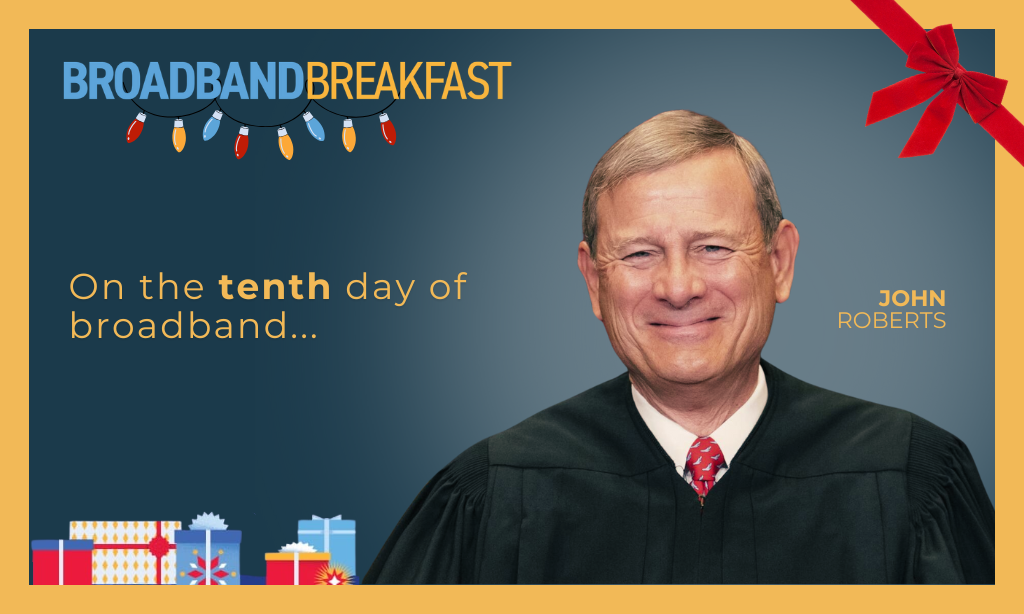
A Supreme Court decision this year redefined the balance of power between federal agencies and the courts – curbing the power of regulators like the Federal Communications Commission and the National Telecommunications and Information Administration to interpret ambiguous statutes.
The ruling in Loper Bright Enterprises v. Raimondo, issued in June, was expected to unleash a wave of legal challenges to FCC and NTIA policies that lack explicit Congressional backing, reshaping the landscape of telecommunications and broadband regulation.
The 12 Days of Broadband (click to open)
- On the First Day of Broadband, my true love sent to me:
An extra-planetary-life-promoting tech billionaire set on electing a president. - On the Second Day of Broadband, my true love sent to me: 23 million served by the Affordable Connectivity Program.
- On the Third Day of Broadband, my true love sent to me:
3rd year without the Federal Communications Commission having spectrum auction authority. - On the Fourth Day of Broadband, my true love sent to me:
$42.5 billion in Broadband Equity, Access and Deployment funds already allocated. - On the Fifth Day of Broadband, my true love sent to me:
5,500 active satellites currently in Low-Earth Orbit. - On the Sixth Day of Broadband, my true love sent to me:
More than 6 years of service at the FCC by Commissioner and Chairman-designate Brendan Carr. - On the Seventh Day of Broadband, my true love sent to me:
More than 70 billion kilowatt-hours of electricity annually consumed by data centers in the U.S. - On the Eighth Day of Broadband, my true love sent to me:
$8.1 billion dollars in annual Universal Service Funds. - On the Ninth Day of Broadband, my true love sent to me:
$90 billion in global telecom Merger & Acquisition deals value in 2024. - On the Tenth Day of Broadband, my true love sent to me:
100 broadband-related rulemakings at the FCC relying on Chevron Deference. - On the Eleventh Day of Broadband, my true love sent to me:
Nearly 11 years to complete the Rural Digital Opportunity Fund, complete with defaulted locations. - On the Twelfth Day of Broadband, my true love sent to me:
More than a dozen policy-makers and pro-tech thinkers echoing the Andreessen-Horowitz “Little Tech” agenda.
In a 6-3 decision, the high court overturned the Chevron doctrine, a forty-year-old precedent that required courts to defer to federal agency interpretations of ambiguous statutes, so long as those interpretations were deemed reasonable.
Chief Justice John Roberts, who wrote to opinion for the Court in Loper Bright, said Chevron deference needed to be abandoned.
"Chevron was a judicial invention that required judges to disregard their statutory duties. And the only way to ensure that the law will not merely change erratically, but will develop in a principled and intelligible fashion is for us to leave Chevron behind," Roberts said.
In September, Justice Brett M. Kavanaugh called the decision a “course correction” to ensure that agencies remain within the boundaries of Congressional authority.
"What we did in Loper Bright was . . .consistent with the separation of powers to make sure the executive branch is acting within the authorization granted to it by Congress," Kavanaugh said, speaking at Catholic University's Columbus School of Law in Washington.
The decision has introduced new legal uncertainties for federal regulators, requiring agencies like the FCC and NTIA to justify their rules under stricter judicial scrutiny, and set the stage for a Republican-led overhaul of broadband and telecom policy in 2025.
What the decision means for broadband and telecom
Legal experts expect the decision to impact flagship Biden administration efforts within the telecom sector, including the FCC’s attempt to restore net neutrality rules and its rules addressing digital discrimination – both of which were currently entangled in federal court battles.
Telecom lawyers Casey Lide and Sean Stokes of Keller & Heckman expect the decision will also affect the NTIA’s regulation of the $42.5 billion Broadband Equity, Access, and Deployment program, specifically its requirement for participating ISPs to offer a low-cost service option.
The effects of Loper Bright “could also reopen prior regulatory debates on everything from spectrum allocation matters to pole attachment and rights-of-way management decisions,” Lide and Stokes wrote in July. ISPs have already invoked the ruling to challenge proposed FCC regulations on broadband data caps and bulk billing agreements, asserting that such actions “would face substantial legal obstacles.”
So expansive are the impacts of Chevron deference that a recent review by Broadband Breakfast found 100 agency rulemakings relying upon it.
Net neutrality in a post-Chevron world
The FCC’s authority to enforce pending net neutrality rules faced heightened scrutiny following the Supreme Court’s Loper Bright decision.
In his concurring opinion in Loper Bright, Justice Neil Gorsuch specifically referenced the FCC’s inconsistent policy shifts on broadband classification as an example of the regulatory unpredictability the decision aimed to prevent.
He pointed to the agency’s repeated reclassification of broadband Internet access under the Communications Act — alternating between a Title I information service and a Title II telecommunications service — as emblematic of this instability.
This contentious back-and-forth dates back nearly two decades. In 2015, under President Obama, the FCC classified broadband as a Title II service, creating strong net neutrality rules. Just two years later, the Trump-era FCC reversed this decision, reclassifying broadband as a Title I service and repealing those protections. Under Chairwoman Jessica Rosenworcel, the Biden administration has tried to restore net neutrality, but the Loper Bright decision complicates that path.
“There’s nothing in the Communications Act that gives the FCC explicit authority to regulate the network management practices of ISPs,” said Gigi Sohn, senior fellow and public advocate for the Benton Institute for Broadband & Society and a former FCC nominee, in December.
The ruling’s effects have already unfolded. In the wake of Loper Bright, the Sixth Circuit Court of Appeals ordered supplemental briefings on how the decision impacts a pending motion to stay the FCC’s Open Internet Order.
FCC’s scope to administer Universal Service Fund
The demise of Chevron deference has cast uncertainty over the FCC’s authority to administer the Universal Service Fund, an $8.1 billion program critical to broadband deployment and affordability initiatives across the United States.
Legal experts have suggested the Loper Bright decision could amplify challenges to the USF’s structure and governance. Trent McCotter, counsel for Consumers’ Research — the conservative nonprofit actively challenging the fund — said in October that the case could serve as a vehicle for the Supreme Court to further restrict Congress’s ability to delegate responsibilities to federal agencies.
Telecom lawyers at Keller & Heckman believe the ruling may prompt scrutiny of both the FCC’s overall authority to oversee the USF and its delegation of management responsibilities to the Universal Service Administrative Company.
With the case expected to reach the Supreme Court in Spring 2025, the outcome could redefine the FCC’s role in managing one of the nation’s most significant broadband subsidy programs.
NTIA’s low-cost mandate under BEAD
The NTIA’s requirement for a low-cost service option as part of the $42.5 billion Broadband Equity, Access, and Deployment program has emerged as another contentious issue, raising questions about the NTIA’s authority to impose such mandates.
Keller & Heckman lawyers expect the low-cost service requirement to face court scrutiny in the post-Loper Bright legal environment – where NTIA may struggle to demonstrate that such mandates were explicitly authorized by the Infrastructure Investment and Jobs Act of 2021.
Broadband providers have contended that the BEAD program’s affordability requirements exceed the NTIA’s authority, a claim echoed by Republican lawmakers who argues that the agency violated the Infrastructure Act’s prohibition on “rate regulation.”
As BEAD funding begins to roll out across the country, the low-cost service requirement may become a test case for the limits of federal authority in broadband policy.
Digital Discrimination faces scrutiny post-Loper Bright
The FCC’s authority to enforce digital discrimination rules appears to stand on firmer legal ground following the Supreme Court’s Loper Bright decision — though not without contention.
This authority remains because it stemmed directly from a Congressional mandate in Section 60506 of the IIJA, experts said during a Broadband Breakfast public policy event in December.
“Where Congress has given an agency clear rulemaking authority, the question becomes whether [the agency] appropriately exercised their policymaking and technical expertise,” said Wiley Rein partner Tom Johnson, a former FCC General Counsel and potential FCC nominee under the incoming Trump administration.
At the heart of the legal debate was whether the IIJA’s anti-discrimination provision would best be read as a disparate treatment statute, addressing intentional discrimination, or a disparate impact statute, which focuses on unintentional outcomes.
The FCC in its Digital Discrimination Order adopted the broader disparate impact standard, which has already been challenged in the courts. A panel of the U.S. Court of Appeals for the Eighth Circuit was currently reviewing the rule, with legal observers anticipating a decision that could test the limits of the FCC’s statutory interpretation.
Jacob Lewis, associate general counsel for the FCC, defended the agency’s interpretation before the Eighth Circuit in September, arguing that the IIJA supported addressing both intentional and unintentional discrimination by Internet Service Providers.
“The best reading of the statute supports both disparate treatment and disparate impact,” he said.
Critics, however, remain skeptical. While Gigi Sohn, whom Biden nominated to serve on the FCC in a losing cause, expressed confidence that the FCC’s rules aligned with Congressional intent, telecom policy analyst Nathan Leamer argued the decision was an example of overreach, which “arguably went beyond [the FCC’s] remit.”
The Loper Bright decision complicates the FCC’s efforts, requiring the agency to demonstrate that its interpretation of the IIJA is not only reasonable but also represents the best reading of the statute.
GOP leveraging Loper Bright in broadband regulation
As the incoming Trump administration prepares to take office , the Supreme Court’s Loper Bright decision will likely shape the Trump administration’s approach to broadband policy and regulation. For Republican lawmakers and industry stakeholders, the ruling presents a pivotal opportunity to curtail what they view as agency overreach.
In July, key GOP leaders — House Energy and Commerce Committee Chair Cathy McMorris Rodgers, R-Wash., and House Oversight Committee Chair James Comer, R-Ky. — wrote to FCC Chairwoman Jessica Rosenworcel, with a warning:
“Given the Biden administration’s record of agency overreach, we are compelled to underscore the implications of Loper Bright and remind you of the limitations it has set on your authority.”
The letter signaled that GOP leaders will be closely monitoring the FCC’s actions and are prepared to hold the agency accountable for adhering to the new judicial standards established by Loper Bright.
While House E&C Chair Cathy McMorris Rodgers, R-Wash., was set to leave her role, her expected replacement, Rep. Brett Guthrie, R-Ky., was anticipated to continue her approach of emphasizing oversight and limiting regulatory overreach.
For his part, incoming FCC chairman Brendan Carr has called the Loper Bright decision “directionally a really good thing.” Under Carr’s leadership, contentious rulemakings or inquiries on issues like broadband data caps and bulk billing agreements were expected to stall.
But for others, like Sen. Amy Klobuchar, D-Minn., the Loper Bright decision raised serious concerns about regulatory stability and economic growth. Speaking at a Broadband Breakfast event on Dec. 12, Klobuchar argued that the end of Chevron deference could “be a real mess” leading to uncertainty for businesses and regulators.
“If people don’t know what the rules are or [if] they’re going to change, it makes it a lot harder,” Klobuchar said. “And then, of course, we [in Congress] are going to have to figure out what level of detail we need to put in laws.”
The Loper Bright ruling will introduce a more pragmatic approach to rulemaking, some experts believe. Agencies like the FCC will need to rely on detailed factual and legal analyses, resulting in policies that are less political and more grounded in statutory text.
However, this shift comes at a cost — experts expect rulemaking timelines to lengthen significantly as agencies build more robust records to withstand judicial scrutiny.
Moreover, the decision placed greater responsibility on Congress to provide explicit and detailed guidance when delegating authority to federal agencies.
“We're going to have to figure out what level of detail we need to put in laws, as will leaders [Sens. John Thune (R-S.D.) and Chuck Schumer (D-N.Y.)] working together in order to move forward,” Klobuchar said.


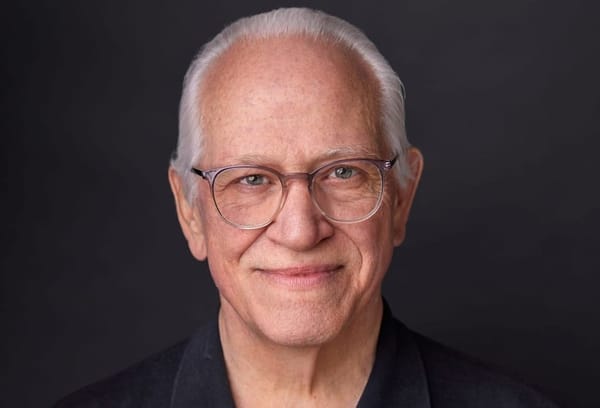
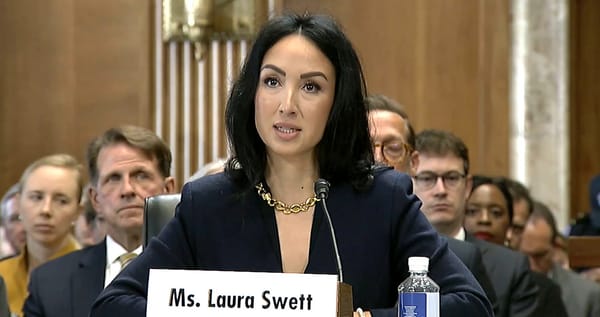
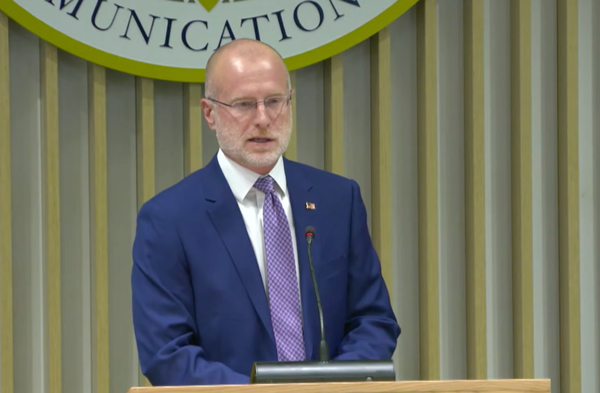
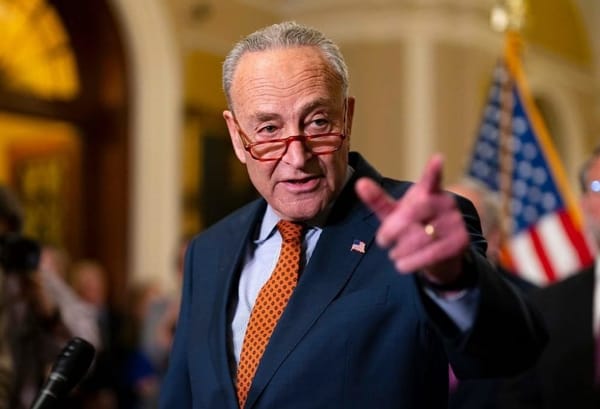
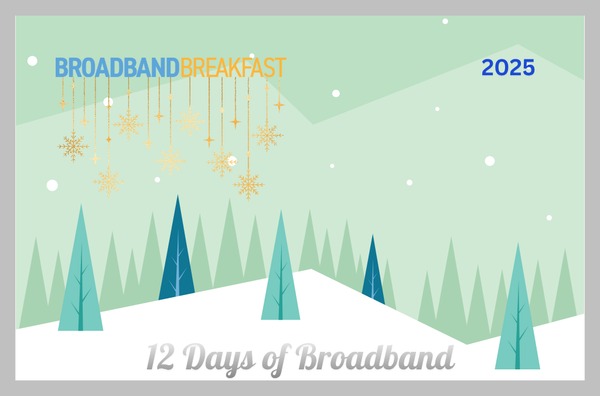
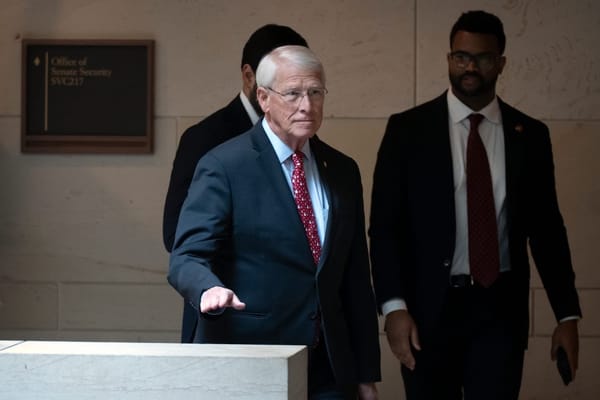
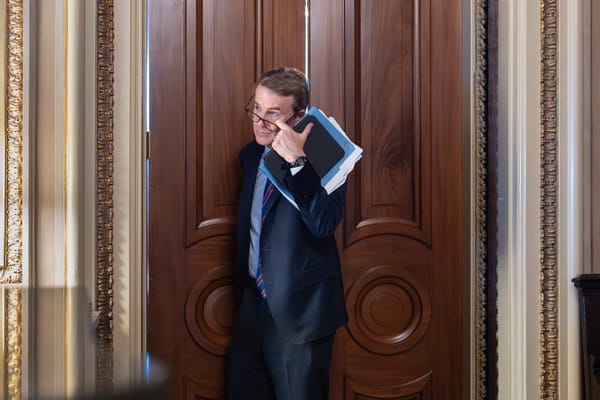
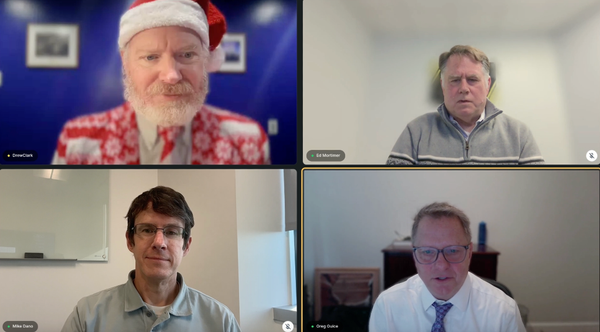

Member discussion